The PROHEALTH Project – Investigating orthostatic hypotension in elderly by performing continuous NIRS measurements in a home-based setting
Orthostatic hypotension is defined as a form of low blood pressure that is characterized by drops in blood pressure when standing up from a lying or sitting position. The condition occurs frequently especially in elderly. It can cause dizziness and lightheadedness leading to falls and fainting. To avoid this, early and reliable detection of orthostatic hypotension is crucial to start adaptions in daily life to improve the situation as fast as possible.
Usually, orthostatic hypotension is diagnosed by measuring blood pressure with a cuff around the upper arm in the hospital or during a consultation with a physician. However, the result only indicates a snapshot of the entire blood pressure course upon standing and hence, could lead to unreliable and incomplete diagnosis. The aim of the PROHEALTH project therefore is to implement day-long and home-based measurements to detect orthostatic hypotension. This should be achieved by evaluating which daily situations might lead to blood pressure drops, by using near-infrared spectroscopy (NIRS). When acquiring this knowledge, diagnosis can follow early and treatment can be targeted towards typical situations where orthostatic hypotension occurs frequently.
In the framework of the PROHEALTH project, the PortaLite MKII is applied on both frontal hemispheres to acquire insights in cerebral oxygenation for long-term measurements. The PortaLite can measure both absolute value of tissue saturation index (TSI) and relative changes in oxy- and deoxy-hemoglobin. It is highly portable, consisting of two sensors and a control unit, that is light-weight and can be stored in pockets or belt bags.
Participants need to stand up from a lying position, while cerebral oxygenation and blood pressure (volume-clamp photoplethysmography) are measured.
In a first preliminary study including 40 subjects, the correlation between drop in blood pressure and cerebral oxygenation was assessed in a research lab of Radboud University Medical Center. In this study, participants needed to stand up from a lying and sitting position multiple times while blood pressure, tissue saturation index (TSI), relative changes in oxy- and deoxy- hemoglobin and other values were measured.
A next step of the project would be the performance of long-term measurements with NIRS at subjects’ homes. To test the feasibility and evaluate potentially occurring issues, first a pilot study including five subjects aged 65 years or older is performed. This study is conducted in the eHealth House at the University of Twente in Enschede – a lab that mimics a home set-up, including everything one needs for daily life, like a living room, bathroom and kitchen. All chambers are equipped with cameras and the researcher can stay in an incorporated extra room to watch the measurement via the camera, or through windows. Thus, the eHealth house serves as perfect location to test if home measurements of TSI could be realized, which challenges might occur and what should be kept in mind.
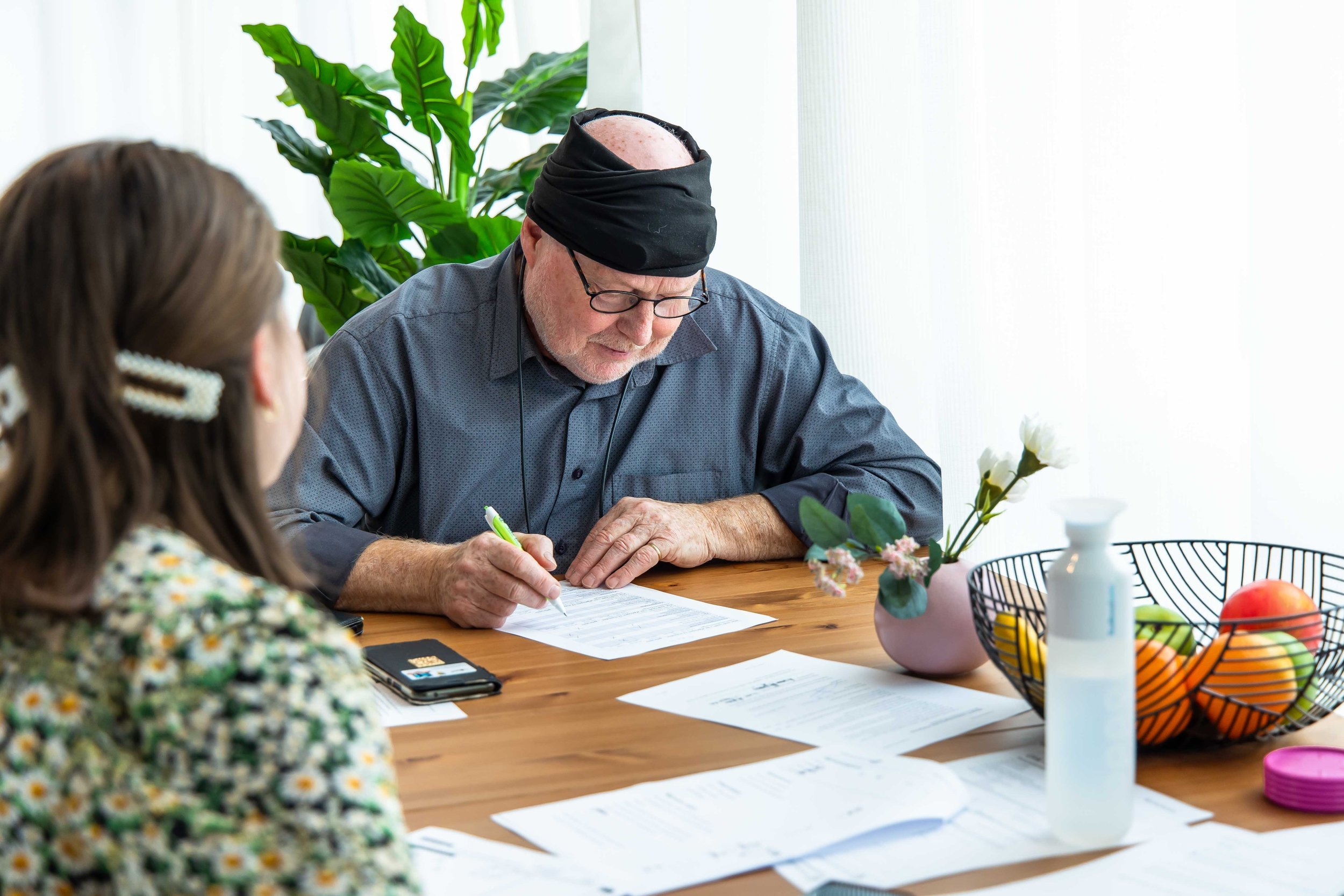
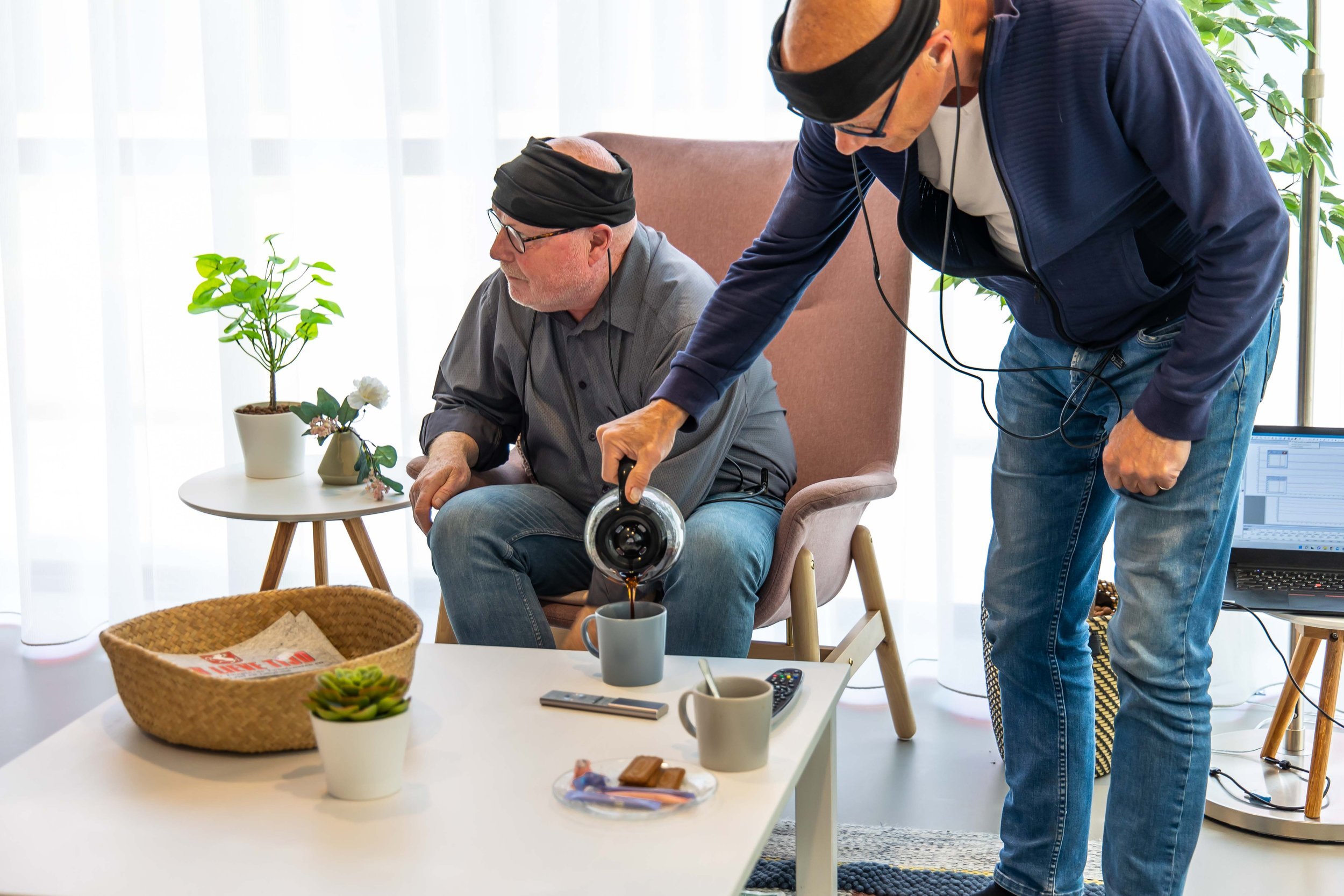
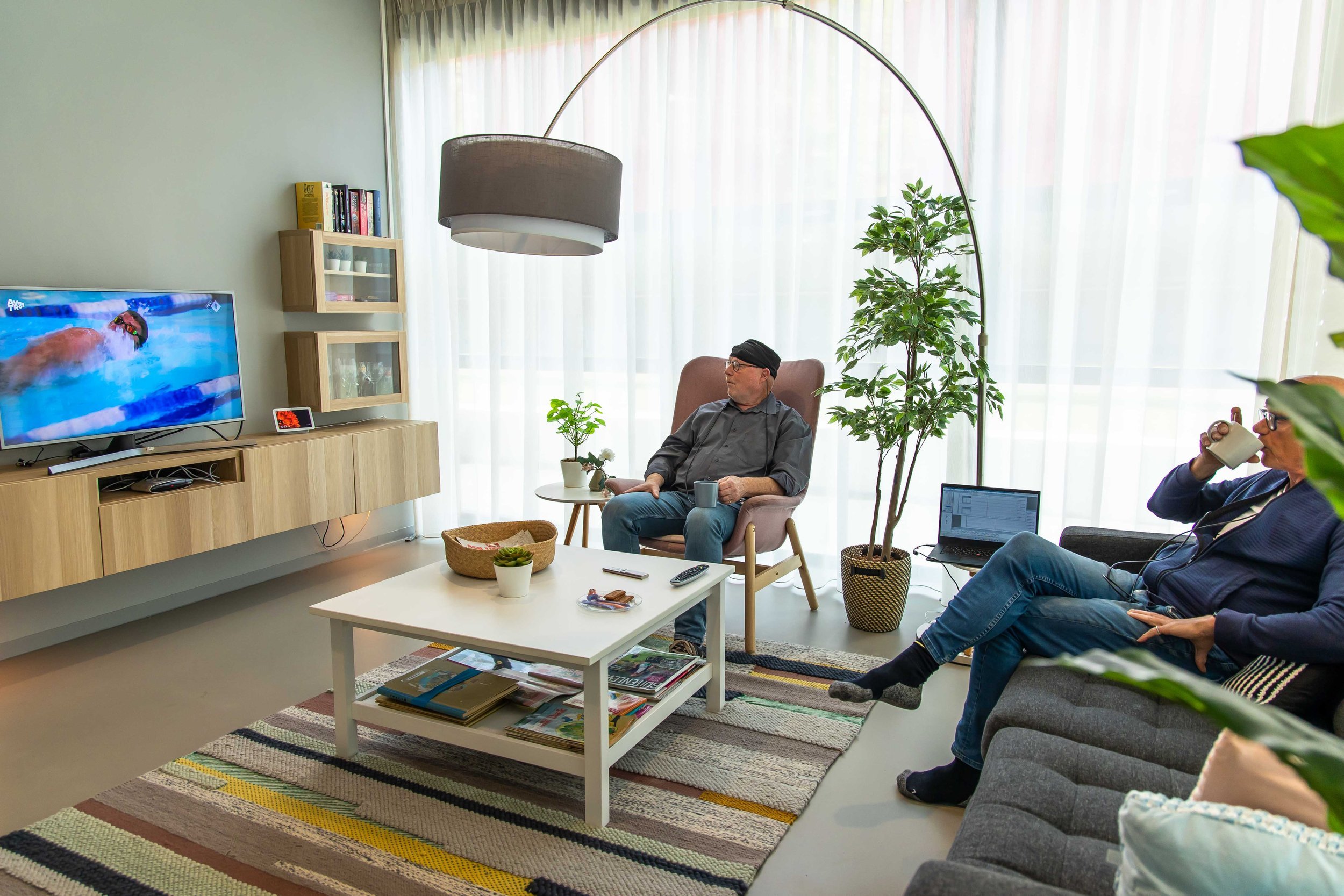

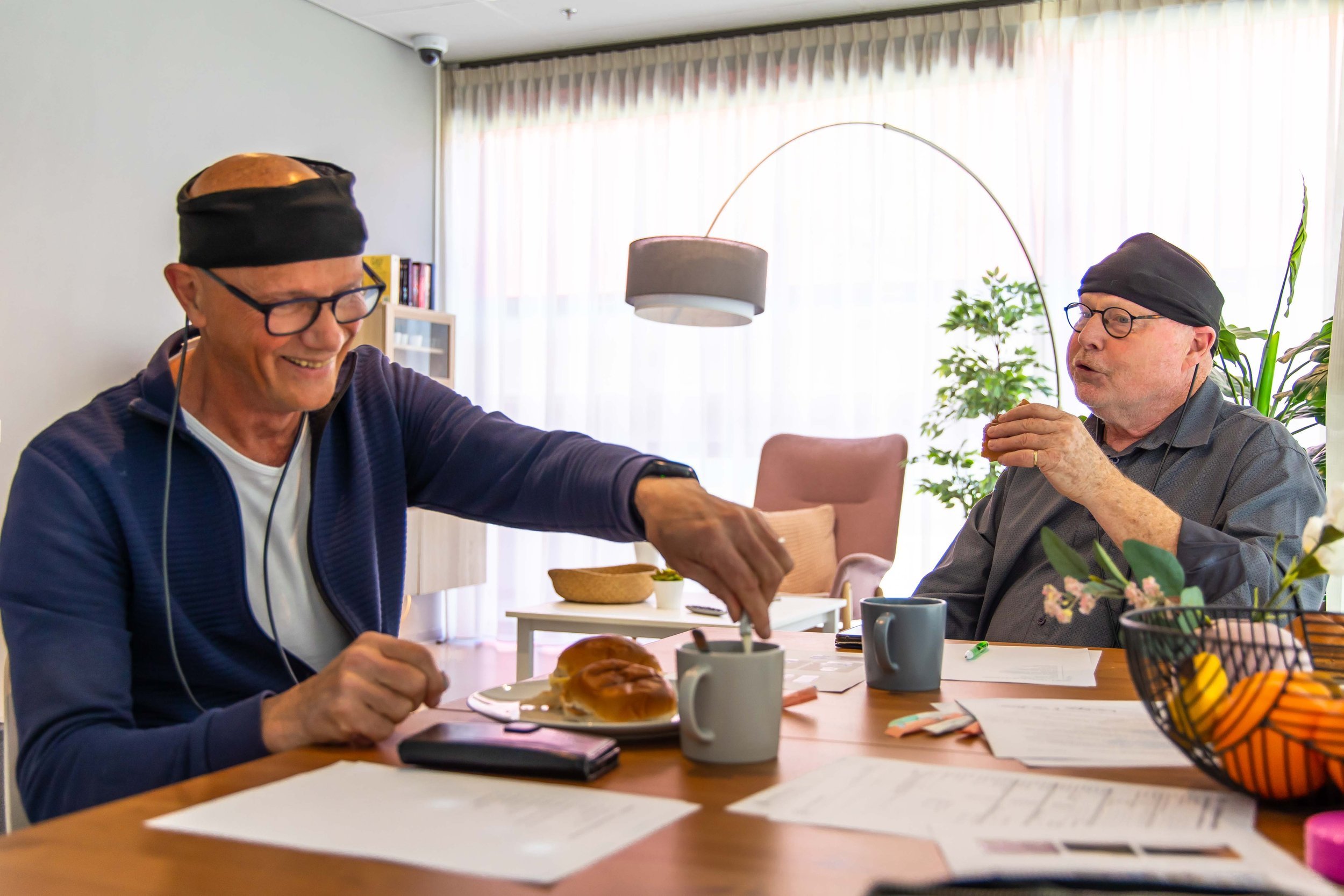
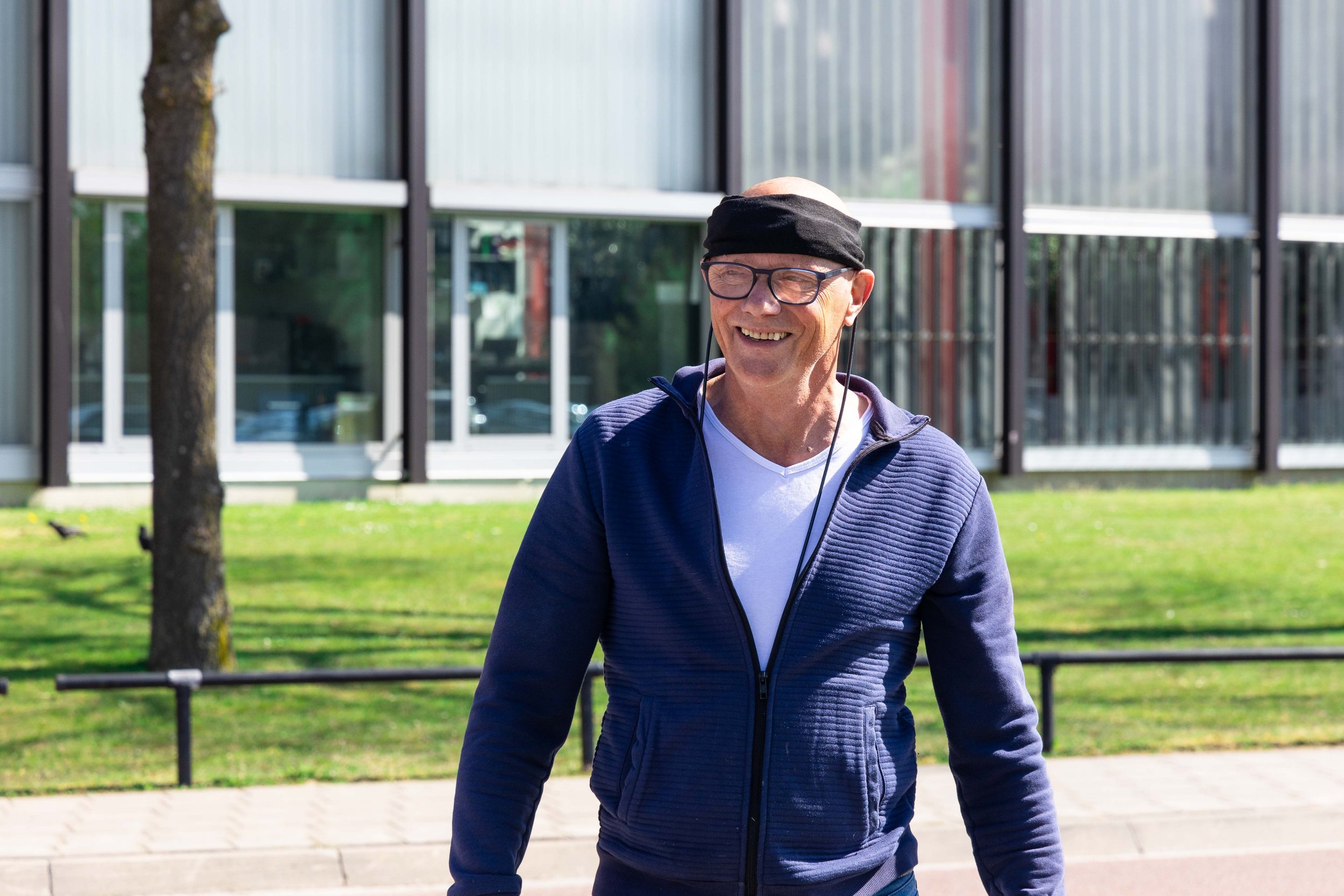
The pilot study consists of different parts:
First, participants need to answer questionnaires about their health status and their use of technologies. Then, measurements of blood pressure and cerebral oxygenation are done when standing up as fast as possible.
In a second part, the participants need to perform daily tasks, such as preparing food, eating, walking or cleaning, while continuous measurements with the PortaLite MKII are performed from both brain hemispheres.
After the experiment, the participants should answer a questionnaire about their experience with the set-up, the performance and the sensor. Moreover, the participants have to try several times to apply the sensor independently, as this is important for home-based use. For protection of ambient light and ensuring stable sensor position, the PortaLite MKII is covered with a black band.
If the pilot study will be successful, the usage of NIRS to diagnose orthostatic hypotension will be further analyzed in trials in participants’ homes in a third part of the PROHEALTH project. We are looking forward to the result of the pilot study and further news and results by the PROHEALTH project.
“Artinis would like to thank the researchers from PROHEALTH, and the eHealth house for the possibility to join the experiment, and for all the explanations and insights.”
This work was supported by the European Regional Development Fund (PROJ-01003)






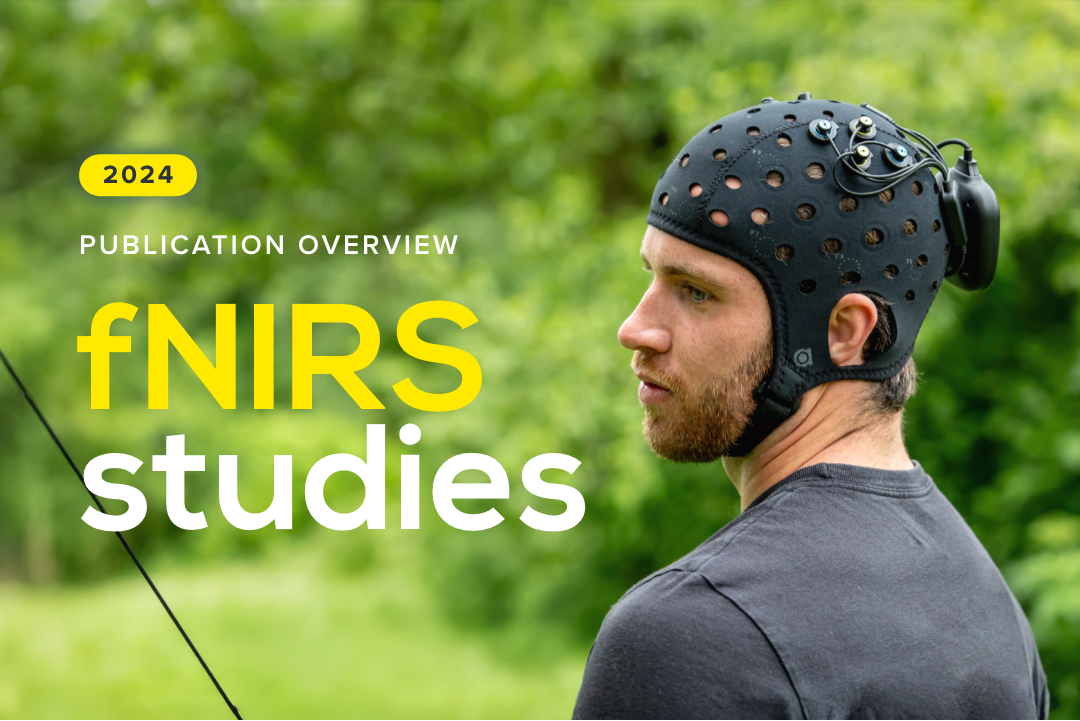
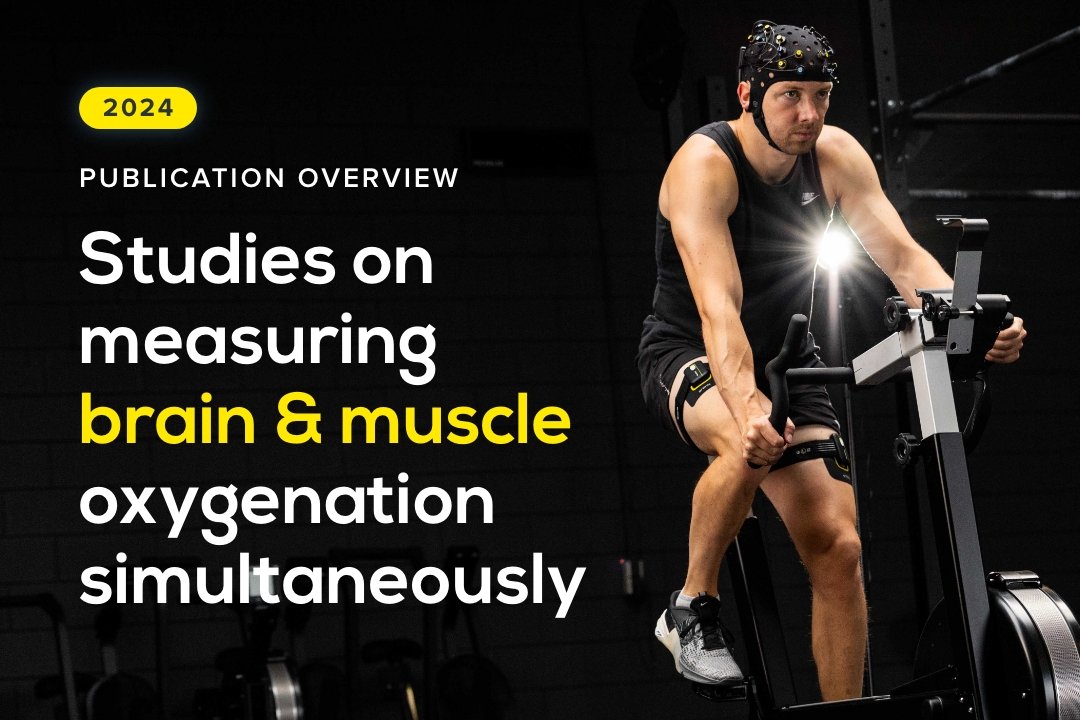
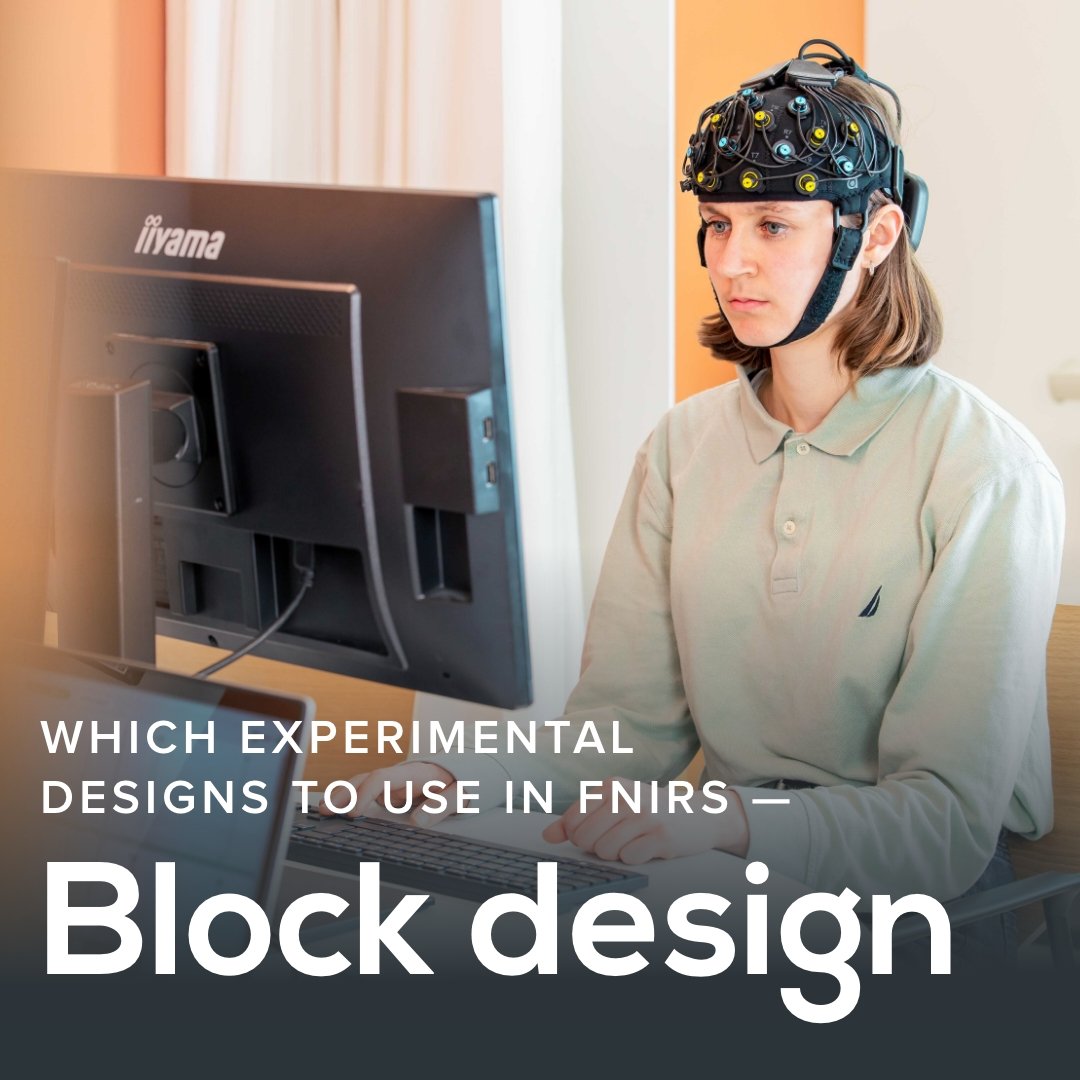
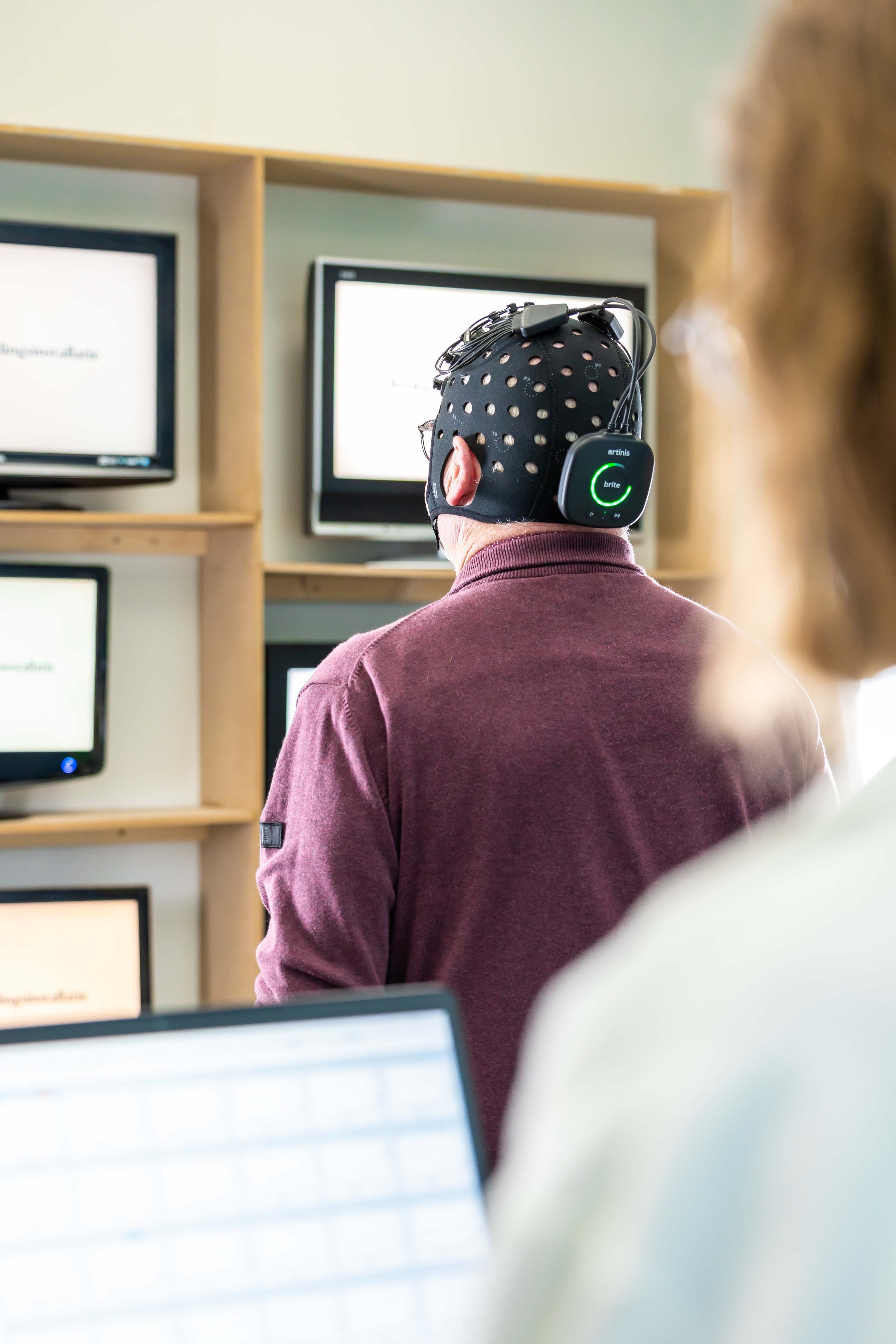
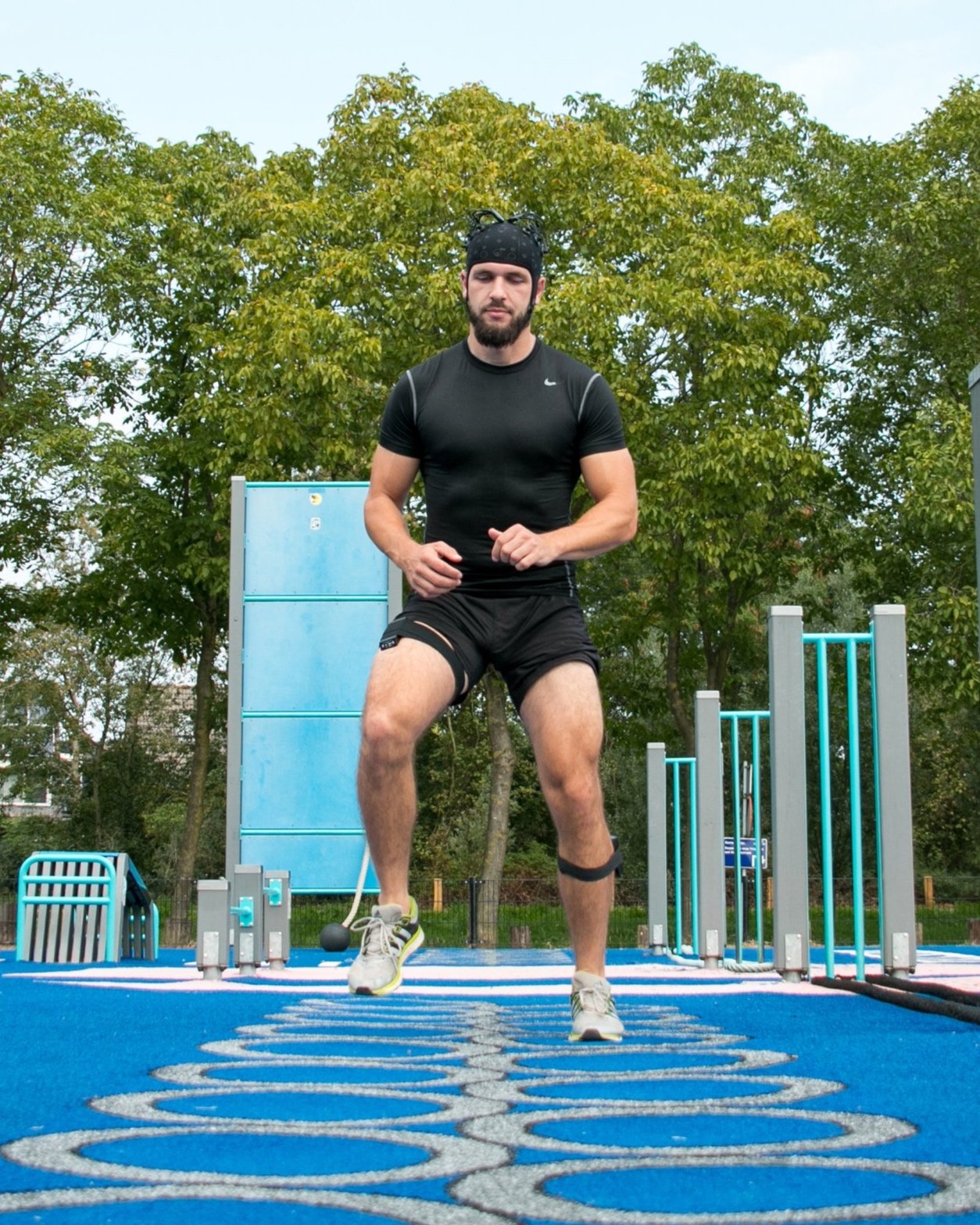
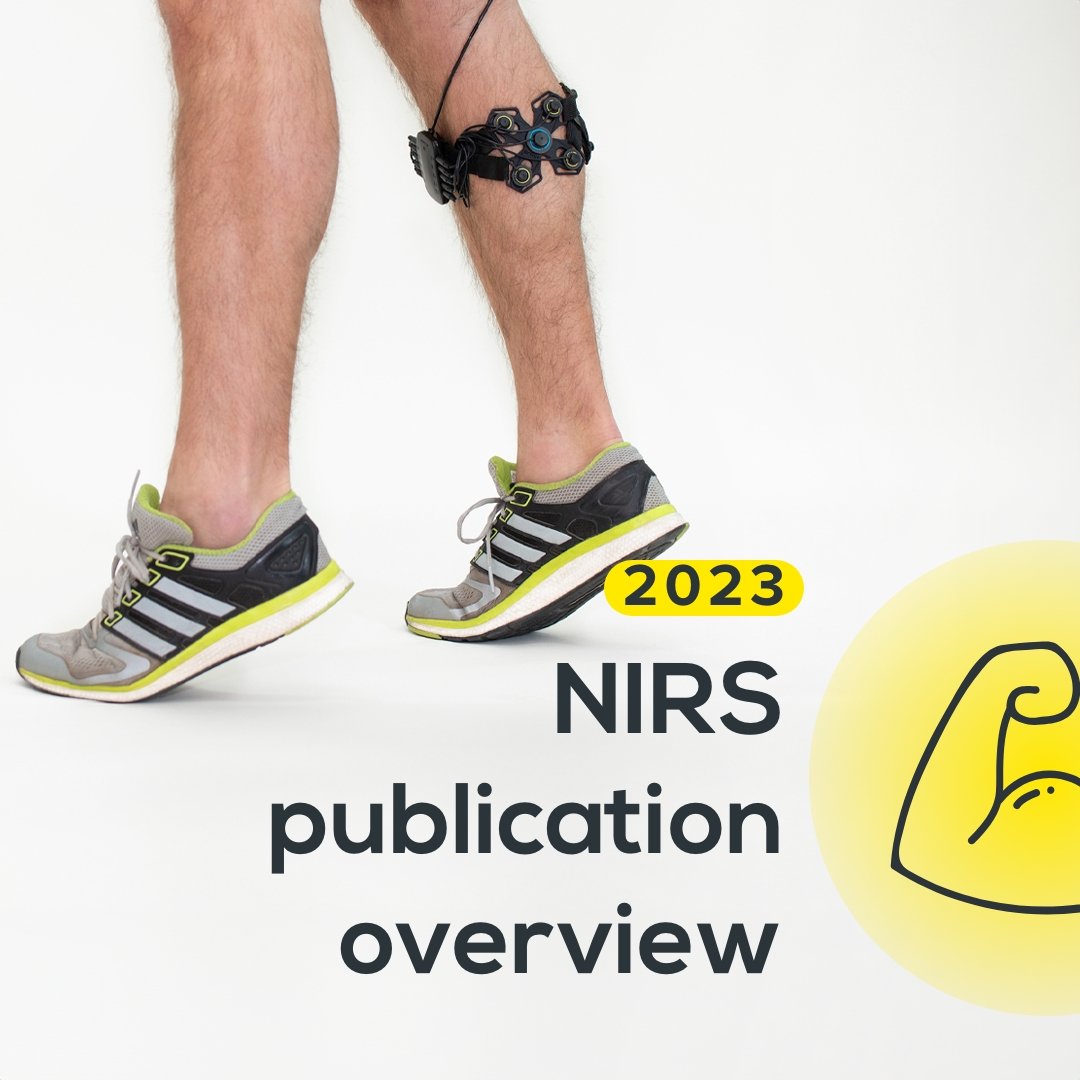
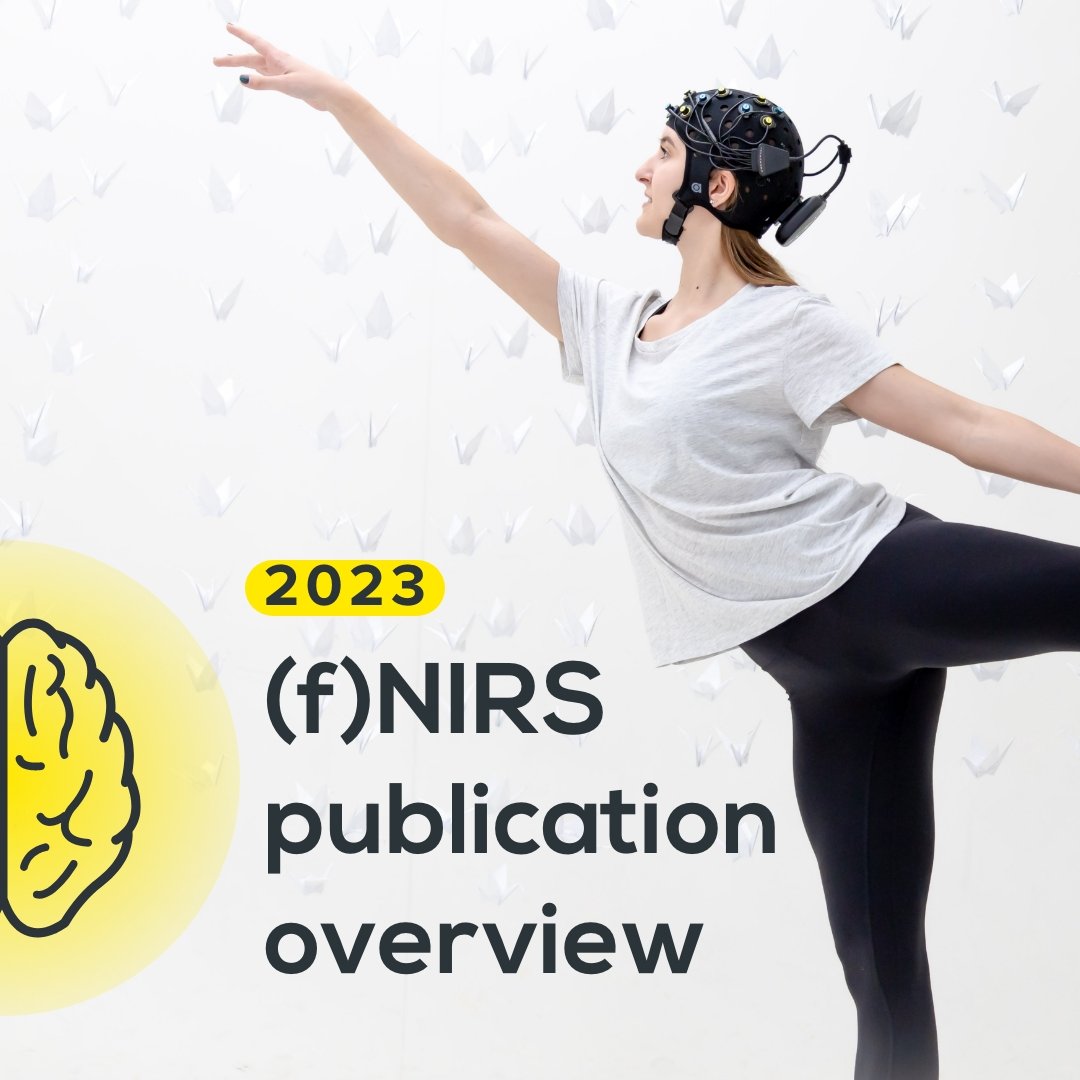
In 2024, an increasing number of exciting papers measuring muscle NIRS with our devices have been published. In this blogpost, we depict application fields and purposes of using NIRS to measure muscle oxygenation, and highlight relevant studies published in the last year using Artinis devices per category. Further, we show recent publications targeting to assess reproducibility in muscle NIRS.